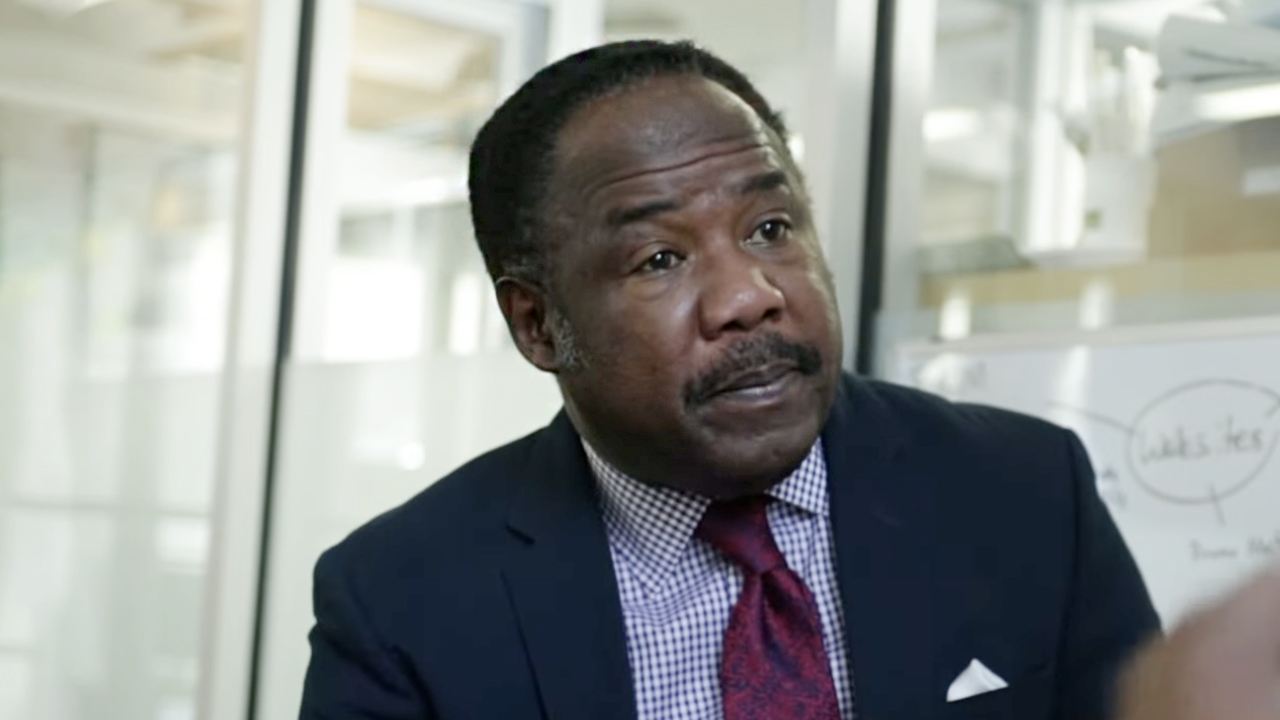The hopes and dreams of those who come to America often meet with the gloom and nightmares that they had thought were left behind. In America succeeds as a tale equally wrenching and heartfelt because it bravely explores the nightmares of yesterday that must be forgotten in order to live the dreams of tomorrow. The story is set in a fantastical version of New York City, where the man of the hour is E.T. (the extraterrestrial), a mysterious disease seems to be spreading across our streets, and letting your children run loose at night is considered a sign of good parenting.
Loosely based on the life of director Jim Sheridan (My Left Foot, In the Name of the Father), and co-written by his daughters Naomi and Kirsten, In America is a contemporary chronicle of the Irish immigration experience. The film opens with émigré’s Johnny (Paddy Considine) and Sarah (Samantha Morton), and their two young daughters (Sarah and Emma Bolger) arriving in New York City in pursuit of a dream. The family is still feeling the pain from the loss of their youngest son, and is using what strength they have to adjust to their new life in Manhattan’s Hell’s Kitchen. As they struggle to understand this strange city, they befriend an angry neighbor named Mateo (Djimon Hounsou), who takes to the family.
Seeing the relationships and drudgeries of making a new home are one of the many simplistic pleasures I felt during In America. The film is relatively plotless for some 20 minutes because the story explores the everyday obstacles that a family must endure to make a home for itself. The family redecorates its slummy apartment, battles the brutal summer heat, and the young girls deal with being labeled “outsiders” at their private school. All of these textbook issues are never given the saccharine, after-school-special treatment because the love of this family stands strong throughout.
Though straightforward in tone, In America allows itself to see the humor in some of the less comfortable situations. Early on, as the two daughters complain of the heat, Johnny decides to take matters into his own hands by stealing an air conditioner and literally dragging it through the streets of Manhattan. The audience is allowed to see the drastic measures that Johnny must take and given a chance to laugh at the absurdity of it at the same time.
The real magic begins as the story progresses, and moments of such raw power begin to take over. The story does not become grim, but addresses the situation truthfully. Director Jim Sheridan proves himself as an expert storyteller once again because his belief in the story is so strong. A few weeks ago, I sat down and talked with him about In America before I had even seen it. He discussed the personal reasons for making the film, and told his story with such fervor that I can now see how clearly those reasons have translated onto the screen.
Sheridan’s character in the film is perfectly layered in the form of semi-newcomer Considine, whose character is a hollow of a man, completely unable to feel or acknowledge pain in the wake of his son’s death. He is a good husband and father, but is emotionally unavailable and at times almost delusional. With his cheerfully droopy face, Considine makes a smile out of sorrow.
It has been over a week since I saw In America and there are still scenes that I remember as clearly as the day. When the family arrives in New York City, marveling at the sights and sounds of the hypnotic Time Square at night, I felt the same wonder because I was able to imagine what all of this would look like to a person who had never seen anything like it before. They smiled, and I did, too.
Your Daily Blend of Entertainment News

